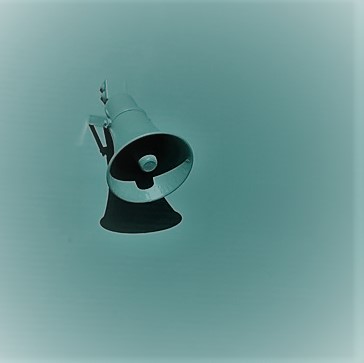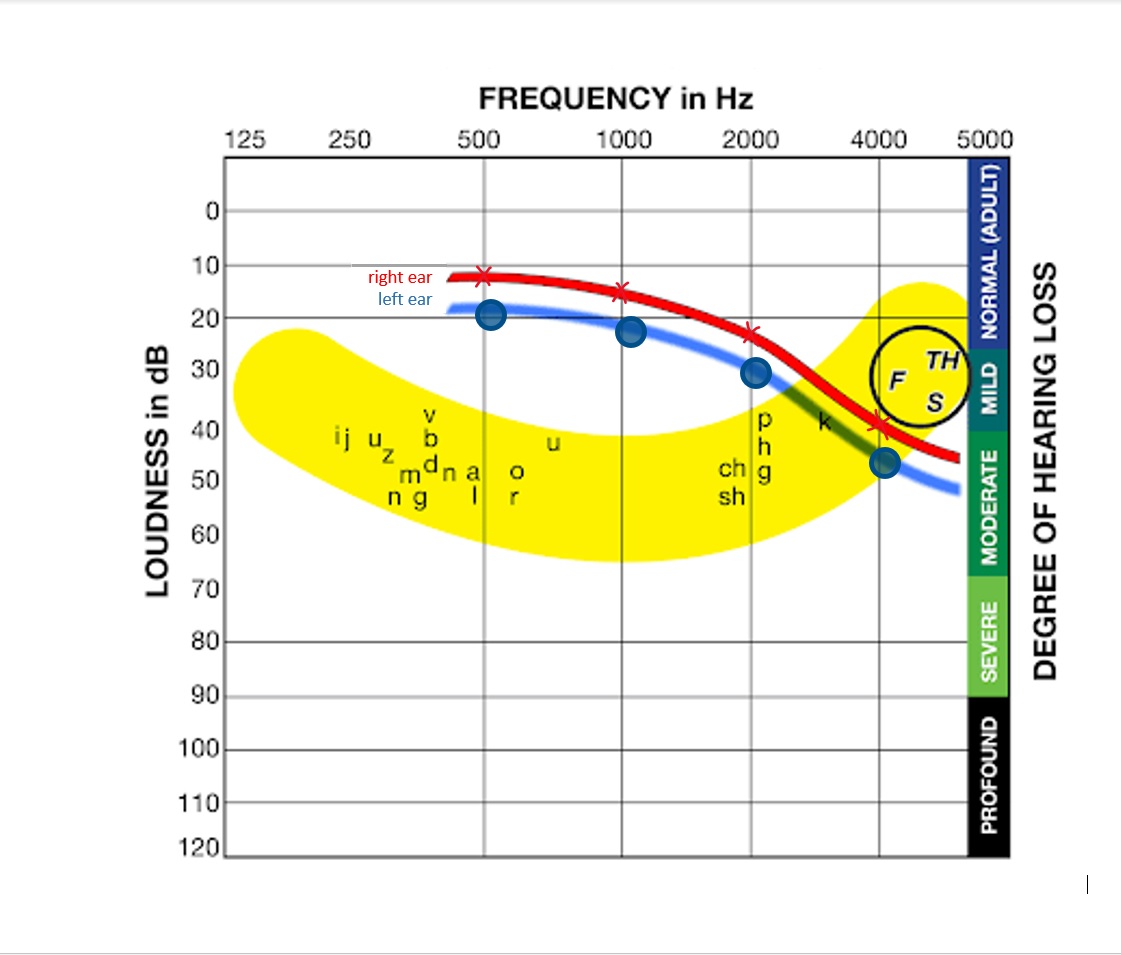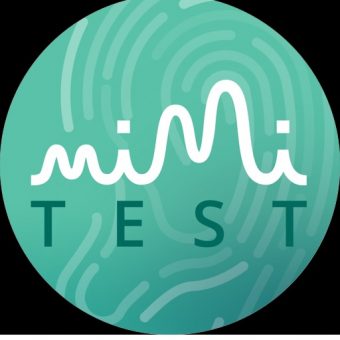Perhaps you can remember your first hearing test. Mine was in second grade in the school nurse’s office. I had to put on clunky headphones and raise my hand every time I heard a beep. This was my first pure-tone hearing test. The pure-tone test is the most common hearing test. The loudness of the beeps varies in intensity. In addition, these beeps also vary in frequency range. They vary from low pitched sounds like thunder to high pitched sounds like birds chirping. This test helps determine the quietest sound you can hear at various frequencies.
Amplification
You may need amplification if you don’t hear a beep until it is louder. The amount of amplification you need across frequencies defines your degree of hearing loss. Typically amplification needs are not the same for every frequency. For example, in age-related hearing loss, high frequency sounds usually need more amplification.
Audiogram
An audiogram is a graph of the pure-tone test results. The programming of a hearing aid is based on the results. Hence, the aid only amplifies sounds where needed. Aside from a hearing aid, there are other methods of amplification. Click to learn more about solutions for amplification.
Home hearing tests
There are a growing number of apps that offer a pure-tone test you can take at home. The accuracy of the test depends largely on the calibration of your headphones/earbuds and the quietness of your environment. Unless you ensure tone and intensity are correct, these are not a good substitute for expert medical advice. However, they are a good starting point and fun to try. One app example is Shoebox.md and another is Mimi Hearing Technologies. For others, search for “hearing test” in the iOS App store or Google Play Store.
One part of the puzzle
In conclusion, the pure-tone test is an important tool. Your audiogram shows your needs for various sounds to be louder. However, it does not capture issues with noise. You need a speech-in-noise test as well. Therefore, do not use only pure-tone test results to find solutions that help you hear better.




